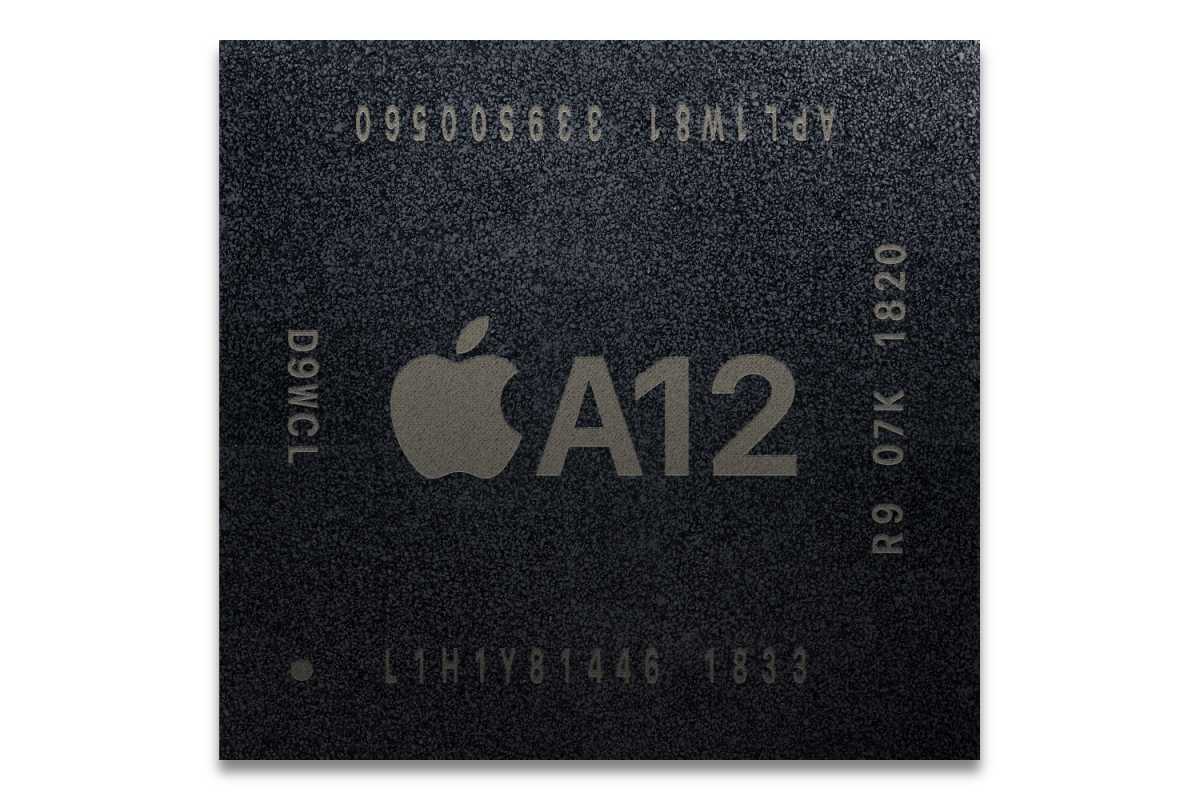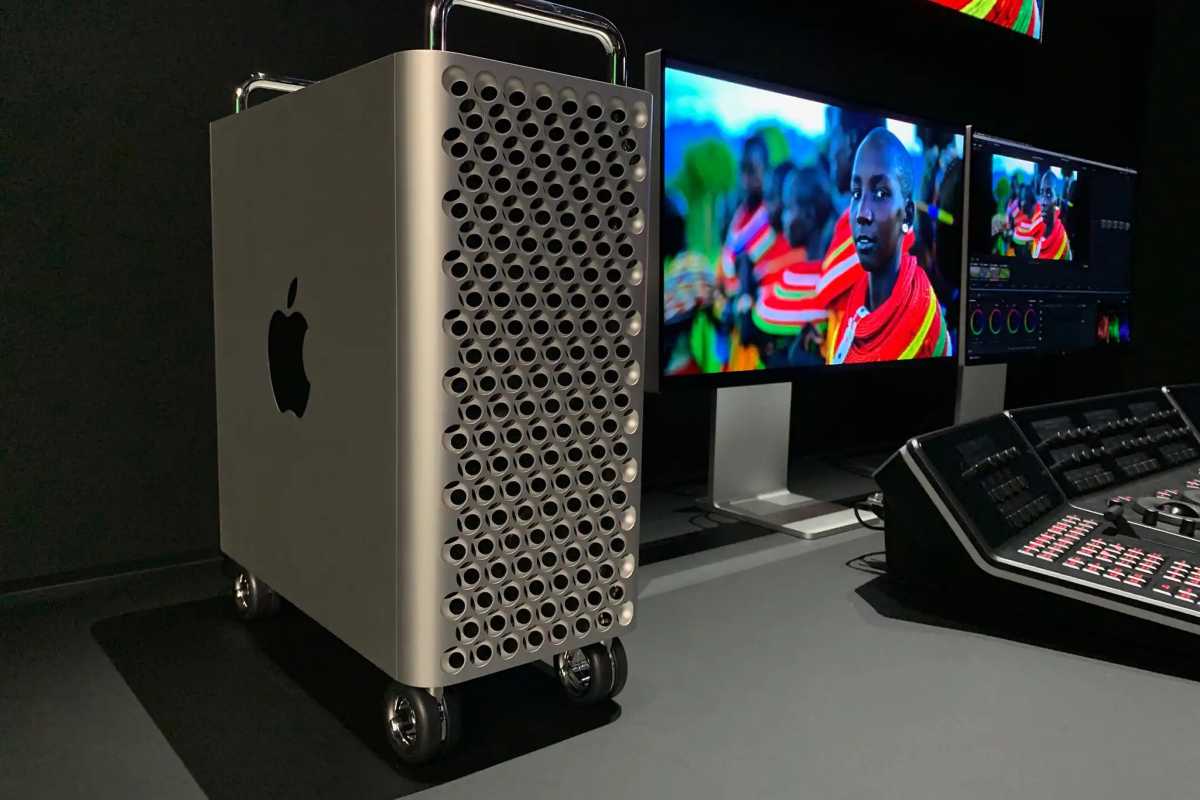In November 2020, Apple bypassed tradition. Instead of a grand stage reveal, the company unveiled its first custom-designed Mac chips through a 45-minute video. It wasn’t the launch they envisioned, but the star of the show – the M1 processor – needed no theatrics. Five years later, the impact of Apple silicon has fundamentally reshaped the Mac’s destiny.
The initial rollout was cautious. Apple introduced the M1 MacBook Air, 13-inch MacBook Pro, and Mac mini, all housed in familiar designs. This strategic move shielded potentially disruptive technology within comfortable, recognizable forms. Then came the performance tests, and any apprehension vanished. The M1 wasn’t just fast; it was dramatically faster than Intel, even running Intel-compiled software seamlessly through Rosetta. Its efficiency was so remarkable that the M1 MacBook Air remains a compelling option today.
Apple didn’t stop there. A wave of redesigned Macs followed, alongside the innovative Mac Studio. This period coincided with a surge in remote work, fueling unprecedented Mac sales. The five years *before* Apple silicon had been the Mac’s best ever, averaging $25.5 billion annually. But the first five years *with* Apple silicon shattered that record, averaging $33.7 billion – a nearly one-third increase. It was a bold gamble, replacing a decades-long partnership with Intel, and it paid off spectacularly.

The core question surrounding the transition was simple, yet daunting: could a chip designed for a phone truly power a Mac? Apple had spent a decade refining its chip designs for iPhones and iPads, prioritizing power efficiency and integrating graphics processing directly into the chip. Scaling that architecture to meet the demands of professional Mac users seemed a monumental challenge.
The groundwork was laid with the A12Z chip, initially developed for the iPad Pro. Apple created five generations of enhanced iPhone chips, pushing their capabilities beyond mobile needs. This culminated in the A12Z, which was secretly deployed in a Mac mini as a developer testbed in the summer of 2020. It was a crucial step, allowing software developers to prepare for the new era.
After the M1’s success, Apple introduced “Pro” and “Max” chip variants, dramatically increasing core counts and memory capacity. The result was astonishing: a phone-centric chip design, amplified with processing power, proved remarkably effective in high-end Macs. The trade-off? User-upgradeable RAM and dedicated graphics cards became relics of the past.

Apple’s chip roadmap hasn’t followed a predictable pattern. While the initial M1 generation established a clear trajectory, subsequent releases have been more varied. Some chip levels have been discontinued, while others have been unveiled simultaneously or in staggered releases. This dynamic approach reflects Apple’s continuous learning and adaptation.
Each generation of M-series processors has brought significant improvements. Apple consistently refines its CPU and GPU cores, adding features like the Neural Engine. The M1 Pro and Max felt cohesive, but later generations saw the Max chip truly excel, while the Pro became a more refined mid-tier option. This iterative process demonstrates Apple’s commitment to optimizing performance for diverse Mac users.
The relentless pursuit of speed is evident in the numbers. Every M-series generation has delivered impressive gains, with CPU cores improving by 10% to 30% each time. Even when GPU core speeds didn’t increase, overall graphics performance improved thanks to higher core counts. The base-model M5 processor is now roughly *twice* as fast as the original M1 across the board.

One area where Apple initially underestimated the future was Artificial Intelligence. However, they had already been building the foundation – the Neural Engine – for over a decade. The surprise surge in AI development revealed a need for broader processing capabilities. Most AI software was being written to leverage CPU and GPU cores, not dedicated NPUs.
Apple responded swiftly. The M4 chip introduced “neural accelerators” to enhance AI performance on the CPU, and the M5 extended these accelerators to the GPU. Apple’s chip designers recognized the growing importance of AI and adapted their designs to meet the evolving demands of the industry.
The Mac Pro stands as the sole outlier in Apple’s silicon success story. While still available, its performance mirrors that of a Mac Studio equipped with the same Ultra-class processor. The Mac Studio recently received an upgrade, but the Mac Pro remains largely unchanged – a relic of a bygone era. Its future remains uncertain.
The last five years have been a testament to Apple’s vision and execution. The transition to Apple silicon wasn’t just a change of processors; it was a fundamental shift in the Mac’s identity. And with a history of unexpected twists, the next chapter in the Apple silicon saga promises to be just as captivating.





